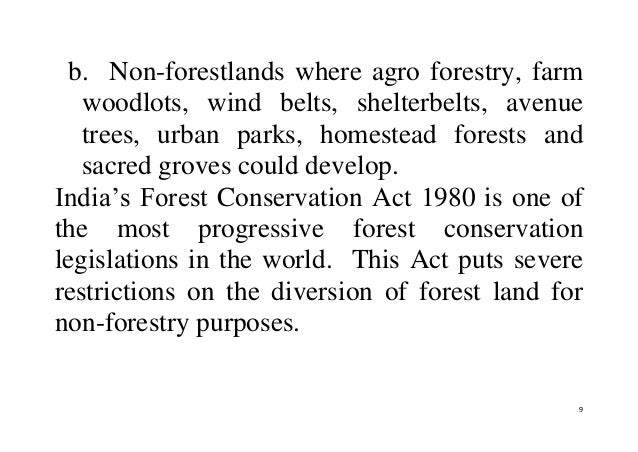
This, extraction of mineral is been carried out at the cost of tribal’s living in the region on the tribal agricultural and customary forest lands by the multinational companies in the name of nation’s growth and development. This paper attempts to unearth the voices of tribals from Sundergarh district, Odisha which is second highest concentration for rich mineral extraction. Movement against the construction of dam on Koel – Karo Rivers in Jharkhand is cited as a successful peoples' movement.

The resurgence of Adivasis is being spurred by the increasing displacement caused by the new liberalization policies and the development paradigm. The struggle of the Adivasis to protect their land has been well documented in different researches, whether it is against the Netarhat field firing, Koel – Karo project, POSCO or Vedanta etc. Adivasis have witnessed the onslaught of industrialization, globalization and the reforms in the economic policies. The Annual Report of the National Commission (1990) for the Scheduled Castes (S.C.) and Scheduled Tribes (S.T.) states that with the liberalization policies, their conditions are bound to worsen at a faster pace.

Tribal communities in the state of Odisha is now amongst the poorest on this earth, dispossessed and alienated, without even the basic security food and shelter. The Industrial landscape of Jharkhand has undergone considerable change and the large-scale industries where vast metallic and non metallic mineral resources available in the area. According to Ekka, Adivasis constitute 40 % of the total people who are displaced for the purpose of industrialization, construction of dams and mining etc.


Tata Institute of Social Sciences, Mumbai, When modernity started progressing in leaps and bounds, and industrialization became “Temples of Modern India” in the words of Nehru, Adivasis were further marginalized. Industrialization and Marginalization of the Adivasis: A study of Sundergarh District, Odisha, India


 0 kommentar(er)
0 kommentar(er)
